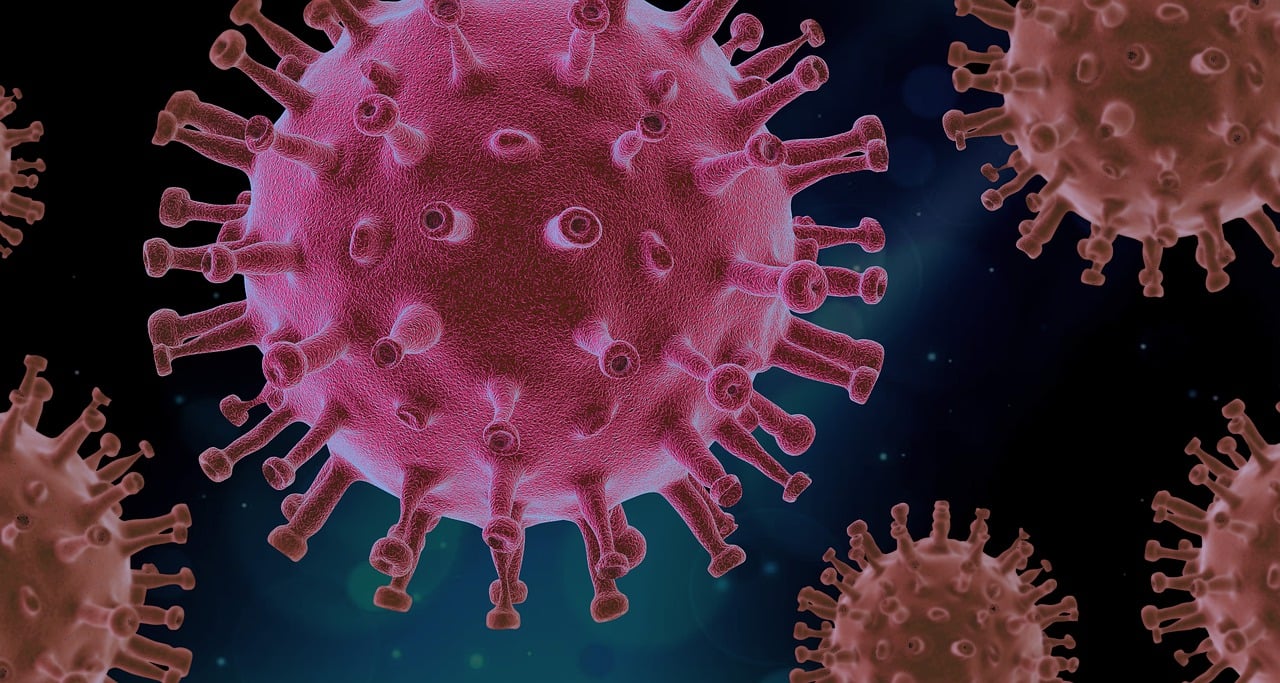Media release
From:
Characterizing Long COVID Symptoms During Early Childhood
About The Study: This cohort study identified symptom patterns and derived research indices that were distinct between the 2 age groups (infants/toddlers [0-2 years] vs preschool-aged children [3-5 years]) and differed from those previously identified in older ages, demonstrating the need to characterize long COVID separately across age ranges.



 International
International



